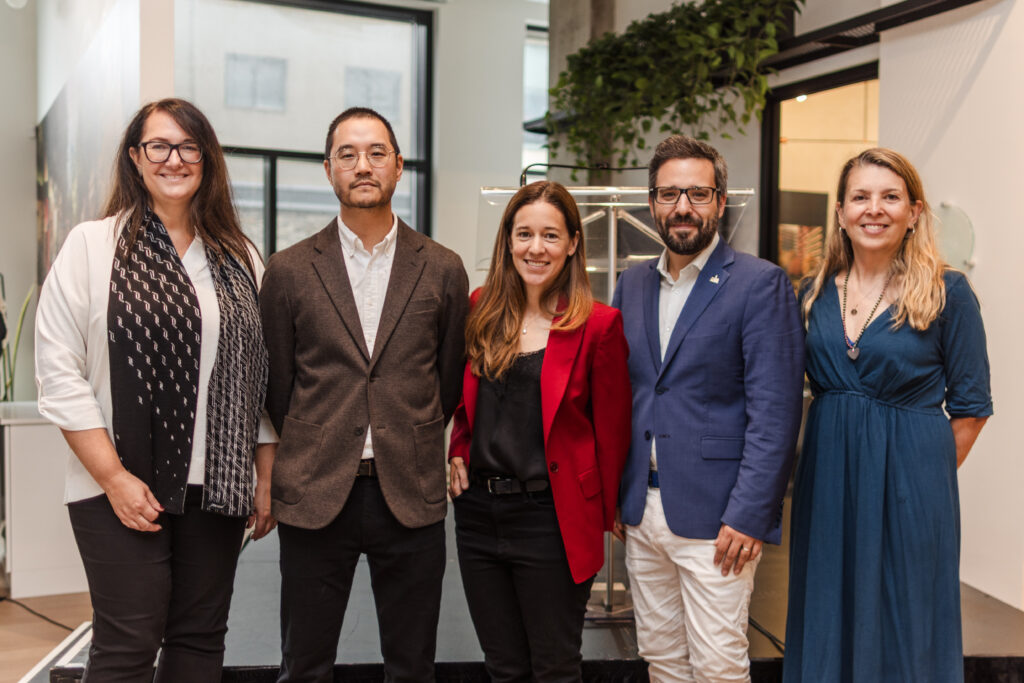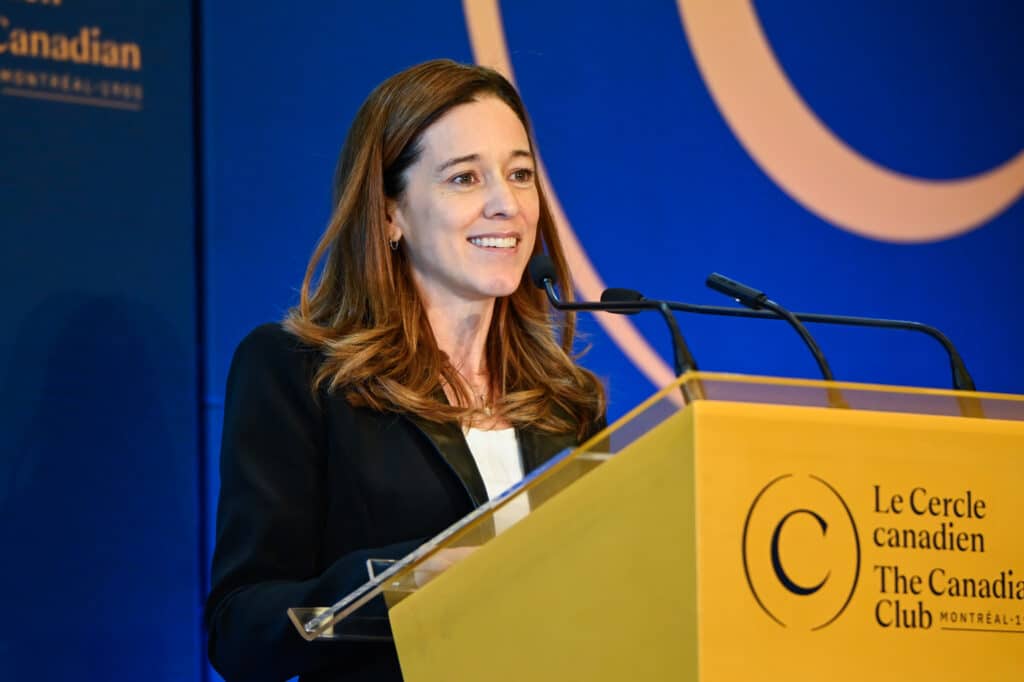How much do I have to pay before actually moving into my condo?
Financing your condo is normally divided in two phases: a down payment, which is the deposit made before taking possession, and a mortgage, which covers the remaining balance. The amount of the down payment is normally between 5% and 20% of the total cost of the condo. You’ll be required to make a deposit when you sign the preliminary contract; additional payments will also be required before you take possession of your condo. If your down payment is less than 20% of the total cost of your condo, you have to obtain, through your bank representative, a mortgage loan insurance from the Canadian Mortgage and Housing Corporation. The cost of this insurance is usually added to the mortgage amount, but the 9% tax payment on the insurance must be deposited directly at your bank upon taking possession of the condo.
What is the Home Buyer’s Plan?
The Home Buyers’ Plan is a down payment financing option that allows eligible individuals to withdraw, free of taxes, up to $25,000 from their Registered Retirement Savings Plan (RRSP) in the same calendar year, in order to purchase or build a home. To qualify, you must be a first-time buyer, or can’t have owned a home in the five years prior, and this home must be your principal residence. You also have to buy the home in Canada before October 1st in the year following the first RRSP withdrawal. The full amount of the withdrawal must be repaid within a period of no more than 15 years, and you must begin repayment starting the second year following the withdrawal. In addition, you must always make a minimum annual payment or it will be included in your income for that year.
What are my choices when it comes to mortgages?
First, determine an amortization period, which is the period of time it will take you to pay off your entire mortgage. If your down payment is less than 20%, the longest amortization period allowed is 30 years. A longer amortization period lowers your mortgage payments, but the longer it takes you to pay your mortgage, the more interests you’ll pay.
Once your repayment plan is in place, you have to decide between an open or closed mortgage. Unless you intend to repay your loan in a short period of time, a closed mortgage is generally recommended since open mortgages tend to have higher interest rates. The mortgage term is the time period for which your interest rate is valid (5 years, for example). During this time period, you can’t modify your mortgage contract; if you wish to make changes, there will be a penalty. In addition, options for prepayments (paying more than the regular mortgage payments you’ve agreed to pay in your mortgage contract) are limited.
Finally, choose either a fixed interest rate mortgage or a variable interest rate mortgage. With a fixed interest rate mortgage, the interest rate and the payment amount won’t change for the duration of the term. With a variable interest rate mortgage, the rate fluctuates according to market interest rates, making it more risky than a fixed interest rate mortgage. Payments can be fixed or variable.
What fees will I need to pay when I take possession of my condo?
In addition to the notary fees, which range between $1,500 and $2,000, you’ll have to make a contribution to the condo’s working capital fund (between $150 and $300) and start paying your pro rata share of the condo fees. These fees will be broken down for you on the adjustment sheet you receive two months before you take possession of your condo.
It’s also important to remember that you will have to pay a “welcome” tax in the months following your date of occupancy. This tax varies depending on the cost of the condo: a $200,000 condo, for example, will have a “welcome” tax of $1,750. You’ll also have to pay your pro rata share of the municipal and school taxes for the current year.
Prével Team



